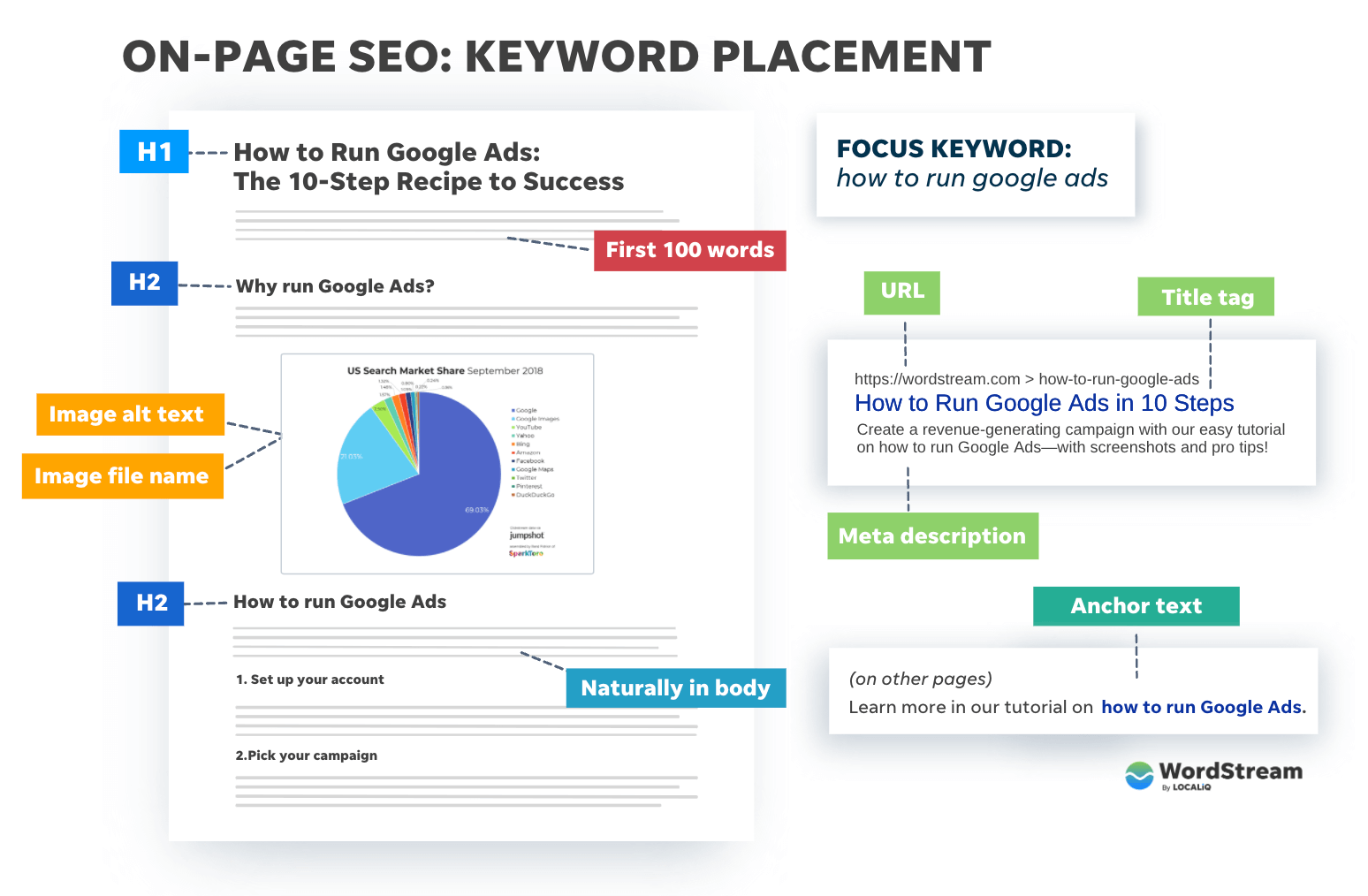Demystifying Secondary Dimensions in Google Analytics: Meaning and Practical Applications
Demystifying Secondary Dimensions in Google Analytics: Meaning and Practical Applications
Blog Article
Optimizing Your Data Analysis With Second Dimension in Google Analytics for Informed Decision-Making
In the world of electronic analytics, the ability to essence meaningful insights from information is paramount for making notified choices that drive business success. Google Analytics, a powerful device in the hands of electronic marketing experts and analysts, provides an attribute known as Secondary Dimension. This often-underutilized feature has the possible to uncover a riches of info that can give a much deeper understanding of user behavior and web site efficiency. By taking advantage of the abilities of Additional Measurement, customers can gain a more extensive view of their information, allowing them to make critical choices based upon an extra comprehensive and nuanced analysis.
Comprehending Additional Dimension Functionality
Understanding the second measurement capability in Google Analytics enhances the depth of information analysis by offering additional context to primary metrics. By integrating an additional measurement, analysts can section and compare data, gaining insights that would certainly or else stay concealed. This attribute allows customers to watch information with different lenses, such as the resource of web traffic, customer habits, or geographical area, using a more comprehensive understanding of internet site performance.
When looking exclusively at primary metrics,Using second dimensions can expose patterns and correlations that may not be noticeable. Pairing the main metric of web page sights with a second measurement like tool category can discover whether particular tools drive more web traffic to certain web pages. This information can then inform web site optimization approaches tailored to different device individuals.
Applying Second Dimension in Reports
Building upon the insights gotten via second measurement analysis, incorporating these dimensions properly right into records in Google Analytics is essential for drawing out workable data-driven decisions. what is a secondary dimension in google analytics. By carrying out second measurements in records, customers can delve deeper into the performance metrics of their site or app. This function enables a much more detailed evaluation by supplying extra context to the main measurement chosen
To carry out an additional dimension in reports, simply navigate to the desired record in Google Analytics and click the "Second measurement" tab located over the information table. From there, customers can pick from a wide variety of secondary dimensions such as 'Source/Medium', 'Device Category', or 'Landing Web page'. Choosing the most relevant second measurement will depend on the details understandings you are seeking to uncover.
Making use of additional dimensions in records not only enhances the deepness of analysis but additionally help in identifying fads, patterns, and relationships that may have or else gone unnoticed. This tactical strategy to information interpretation makes it possible for organizations to make educated choices that drive development and success.

Studying Information With Second Dimensions
Upon integrating secondary dimensions into data analysis within Google Analytics, a detailed examination of key performance indicators can be achieved, offering valuable understandings for critical decision-making. By making use of second measurements, experts can additionally explore their primary data measurements, such as website traffic resources or customer demographics, to discover patterns or patterns that may not be instantly obvious. This deeper degree of evaluation permits a more extensive understanding of user actions and communications on a web site or electronic platform.
Analyzing information with second measurements allows marketing experts and website proprietors to address even more particular concerns about their target market, material performance, and marketing initiatives. As an example, by click reference integrating the key measurement of web traffic sources with a secondary dimension like geographical area, organizations can identify which areas drive one of the most beneficial website traffic to their website. This sort of granular insight can notify marketing methods, content production, and site optimization initiatives to much better satisfy the demands and preferences of their target market.
Leveraging Second Dimensions for Insights
By integrating secondary dimensions properly, analysts can draw out much deeper understandings from data embed in Google Analytics, boosting the understanding of user habits and efficiency metrics. Leveraging secondary dimensions entails incorporating different qualities or metrics with key data to uncover patterns and patterns that might not appear initially look. For example, by including a second dimension such as 'Tool Classification' to a report on site web traffic, analysts can recognize whether user habits differs throughout different tools like desktops, cellphones, or tablet computers.
Moreover, making use of additional dimensions enables experts to section information extra granularly, allowing them to recognize details target market segments or geographical places that display distinctive actions. what is a secondary dimension in google analytics. This division can be crucial in customizing advertising and marketing approaches, maximizing internet site web content, or enhancing individual experience based on the distinct qualities of each segment
Fundamentally, leveraging secondary measurements in Google Analytics empowers experts to delve much deeper right into data, derive meaningful understandings, and make educated choices that drive company growth and success.
Enhancing Decision-Making Through Secondary Measurements
Using additional dimensions in information evaluation gives a strategic benefit by uncovering workable understandings that drive educated decision-making in Google Analytics. By boosting decision-making through additional dimensions, individuals can delve much deeper right into their information to extract important information that might not be promptly evident. These additional measurements provide an even more extensive sight of individual behavior, communications, and outcomes, making it possible for analysts to make even more informed choices based on concrete data.
Via the use my explanation of secondary measurements, experts can section and filter information to identify patterns, fads, and correlations that might influence decision-making procedures. This enhanced level of granularity permits a more targeted strategy to evaluating information, resulting in even more informative and exact conclusions.
Additionally, secondary dimensions supply the chance to compare various information factors side by side, assisting in an extra extensive analysis of efficiency metrics and KPIs. By leveraging secondary dimensions successfully, organizations can optimize their techniques, enhance customer experiences, and inevitably achieve their goals with confidence.
Final Thought

Structure upon the insights acquired via secondary measurement evaluation, incorporating these dimensions properly into reports in Google Analytics is critical for extracting actionable data-driven decisions.To implement a second dimension in records, merely browse to the wanted record in Google Analytics and click on the "Second dimension" tab located over the data table. By using secondary dimensions, analysts can additionally study their key data dimensions, such as traffic sources or individual demographics, to discover patterns or fads that might not be immediately obvious. By integrating the main measurement of web traffic resources with a second measurement like geographical area, organizations can recognize which areas drive the most valuable traffic to their site.By incorporating secondary measurements effectively, experts can remove much deeper understandings from information sets in Google Analytics, improving the understanding of individual behavior and performance metrics.
Report this page